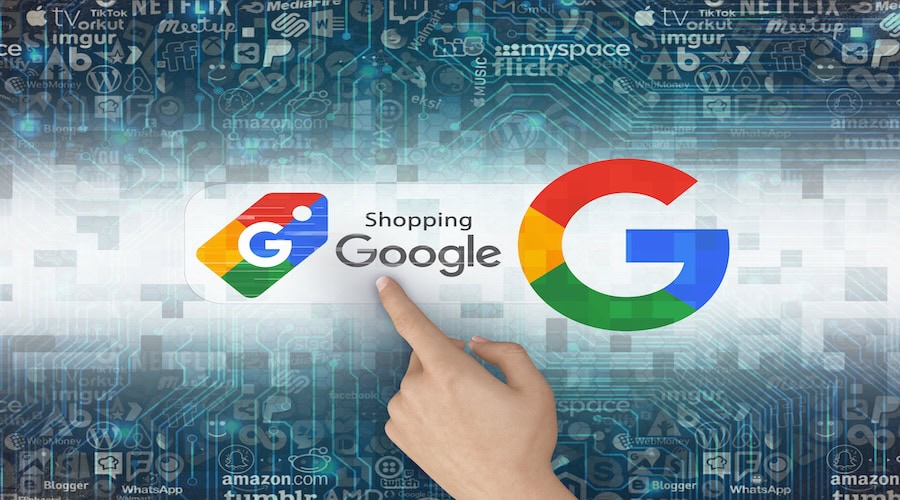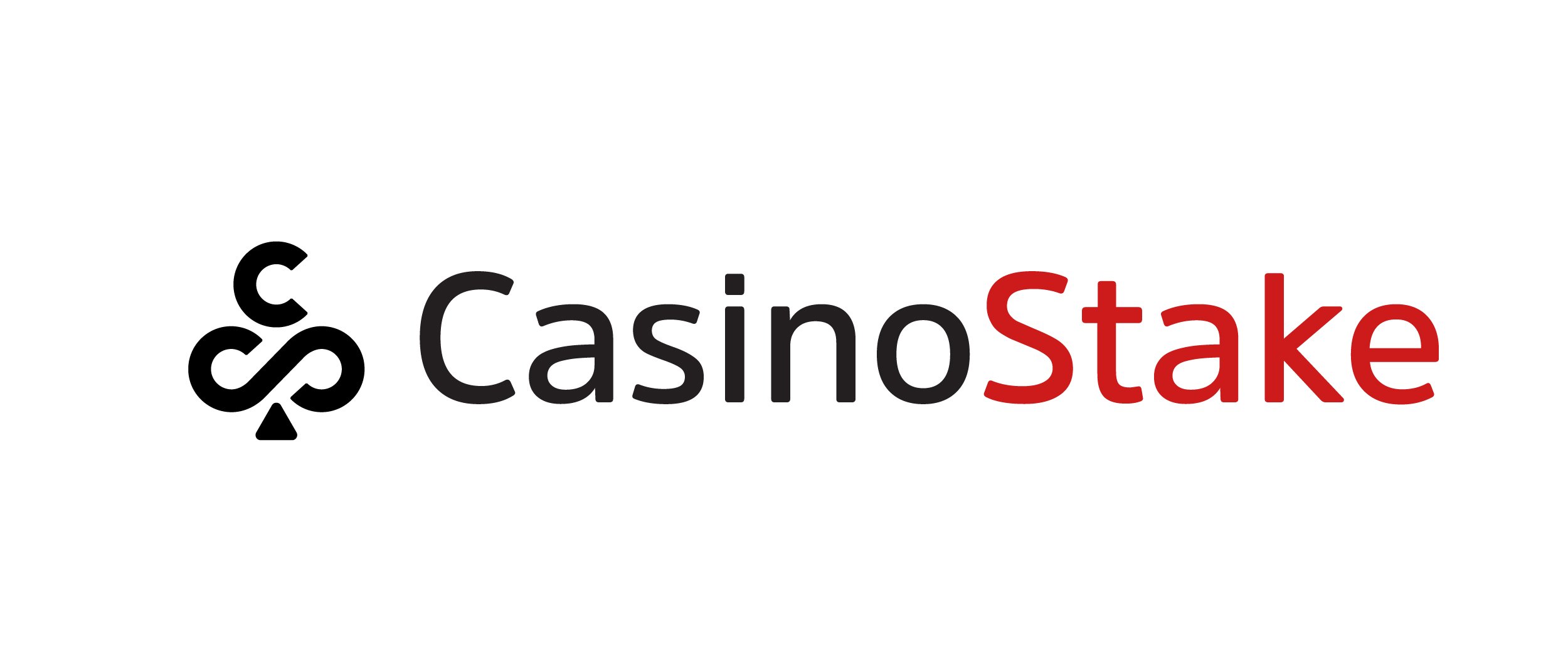Instagram has begun testing automatic product tagging in Stories posted by brands and businesses, in a move that represents another step forward by the company as it looks to continue pushing ecommerce on the platform.
Today’s social media companies are constantly looking for ways to boost revenue and keep people on their apps and platforms for longer.
In recent years, we’ve seen platforms like Instagram and TikTok taking steps to popularise in-app and in-stream shopping.
In-stream shopping has exploded in Asia, and social media companies have scrambled to emulate its success here in the West.
However, it has so far failed to take off; Western users haven’t demonstrated anywhere near the same level of passion for in-stream shopping when compared to their counterparts in Asia.
TikTok seems to be pushing ahead with its in-stream shopping features regardless, while Instagram has scaled things back somewhat.
However, this doesn’t mean Instagram has turned its back on the ecommerce sector, far from it. The company is now testing an automatic product tagging feature that will attach tags to products in Stories posted by brands.
These tags appear when the user is creating their story, with the option to edit, change, or delete them before publishing. Only accounts with connected product catalogs will have access to the feature, with the option being trialled among a select number of users at the moment.
This new feature will have a two-pronged effect. First, it will benefit brands by giving their products more exposure and maximising reach. It will also benefit Instagram and should see in-app shopping increase as users are able to access and purchase products more easily.
What does this mean for affiliate marketers? The new automatic product tagging feature will help streamline Instagram marketing processes, making it easier for digital brands to advertise their products on the platform.
It’s also indicative of an ongoing shift towards ecommerce social platforms, on which marketers and merchants will be able to consolidate their campaigns and strategies into one platform, rather than using social media as a means to market and direct customers towards third-party shopping platforms.




















